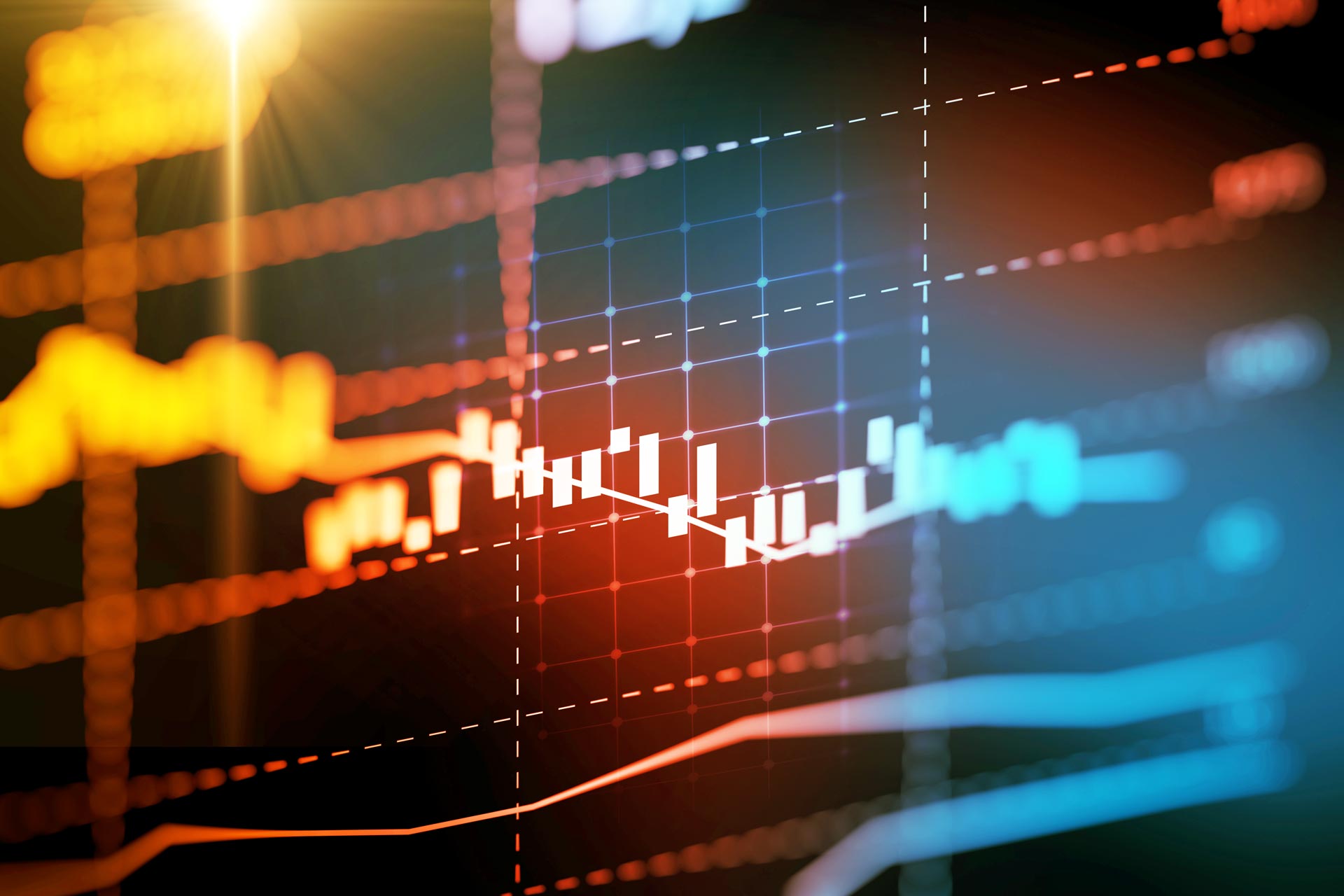What is the impact of the EU Data Act on Agritech?
Published on 7th February 2024
How to extract new value from the use of machinery and applications in agriculture - a look at the Data Act

Data is the new fuel for a range of services, but when one thinks of more traditional sectors, such as agriculture, it is certainly not the first asset to be exploited that comes to mind.
Yet, the world is advancing and with it the agricultural sector. The development of technologies aimed at better management of the resources available to mankind is fundamental to ensuring the sustainability of the agricultural sector and is defined as "precision agriculture". Specifically, precision agriculture is the use of technologies to improve the relationship between agricultural output (generally, food) and agricultural input (generally, soil, energy, water, fertilisers and pesticides).
The Data Act – which products and services does it apply to?
Regulation (EU) 2023/2854 of the European Parliament and of the Council of 13 December 2023 on harmonised rules on fair access to and use of data and amending Regulation (EU) 2017/2394 and Directive (EU) 2020/1828, better known as the Data Act, regulates, among other things, access to data generated or collected in the context of the Internet of Things, namely via:
- connected products, i.e. goods that obtain, generate or collect data concerning their use or environment and that are able to communicate such data via a remote or physical connection or on-device access (article 2(5) of the Data Act);
- related services, i.e. digital services - other than electronic communication services - connected with the product in such a way that their absence would prevent the connected product from performing one or more of its functions, even after subsequent updates (article 2(6) of the Data Act).
Connected products and related services in agriculture
Technological developments in agriculture have led to the introduction of advanced machinery and sensors in the sector, making the management and optimisation of agricultural processes increasingly based on the analysis of complex data.
This technological advancement has made it possible to collect huge volumes of agricultural data, thanks to the use of sensors, drones, robots and other technologies, which provide detailed insight into various aspects of agriculture, such as weather conditions, soil analysis, satellite images and many others.
The integration of these different types of data, even from different sources, improves agricultural efficiency and productivity and poses new challenges in terms of managing this huge amount of information (see "Study of the European Parliamentary Research Service, Precision Agriculture in Europe. Legal, Social and Ethical Considerations", author Mihalis Kritikos, Scientific Foresight Unit (STOA), November 2017 - PE 603.207).
Accessibility and data portability of connected products and related services
The agricultural enterprise, as a user of connected products and related services, benefits from different rights laid down by the Data Act, as set out below. Here, the term "farm" is used in a non-technical sense, to identify all farmers and livestock breeders, regardless of the fact that they carry out their activity as individuals or as companies. Indeed, both B2B and B2C users fall under the definition of "users" under the Data Act (article 2(12) defines the "user" as the "natural or legal person who owns a related product or to whom temporary rights to use that related product have been contractually transferred or who receives a related service".)
Right to access to data and to obtain transparent information [article 3 of the Data Act] | Connected products and related services shall be designed, from the design stage, to be manufactured and provided to users in such a way that the data (and related metadata) are "by default, easily, securely, free of charge, in a comprehensive, structured, commonly used and machine-readable format and, where relevant and technically feasible, directly accessible to the user". For example, if a farm uses machines provided by a third party to plant, grow and harvest potatoes, the farm will be entitled to access the data generated by these machines (such as amount of fuel, seeds, fertilisers and pesticides used). Furthermore, the party providing (selling, leasing or renting) the related product or service (that is, the "data holder", as defined in article 2(13) of the Data Act) must provide the user, prior to the conclusion of the contract, with a transparent set of information in this regard (for example, type and volume of data, frequency of collection, where they are stored, how they can be found, whether the provider itself will use them and for what purposes). |
Right to obtain data if they cannot be accessed directly [article 4 of the Data Act] | If the user cannot directly access the data (and related metadata), then the data holder must promptly make them available "without undue delay, of the same quality as is available to the data holder, easily, securely, free of charge, in a comprehensive, structured, commonly used and machine-readable format and, where relevant and technically feasible, continuously and in real-time (…) on the basis of a simple request through electronic means where technically feasible". Thus, the supplier of potato planting and harvesting machines will have to make the data generated by the machines available in a commonly used, machine-readable format (such as an Excel file) on the basis of a simple request (for example, by email) from the farm. This obligation may be subject to limitations in order to preserve the safety of the product or prevent harmful effects, for example, on the health and safety of individuals, or - under certain conditions - to preserve trade secrets. |
Right to make data available to third parties [articles 5 and 6 of the Data Act] | Also on the basis of a simple request from the farm, the data holder of the potato planting and harvesting machine is obliged to make them (and related metadata) available to third parties indicated by the user, "without undue delay, of the same quality as is available to the data holder, easily, securely, free of charge to the user, in a comprehensive, structured, commonly used and machine-readable format and, where relevant and technically feasible, continuously and in real-time". Third parties who receive data must use it "only for the purposes and under the conditions agreed with the user" and delete them when they are no longer necessary, unless otherwise agreed with the user. |
The above data-sharing obligations do not apply to data generated by the use of related products manufactured or designed by small or micro enterprises, or related services provided by them (subject to certain exceptions).
Is the above sufficient?
Agricultural enterprises may not have sufficient means or expertise to be able, on their own, to exploit the data thus obtained. A joint effort could be necessary. In other words, it is a matter of pooling data, aggregating them (so-called big data) and exploiting the information thus obtained to improve direct cultivation and breeding choices and strategies, or to develop new products.
In this regard, please note that, according to Recital 15 of the Data Act, information "inferred or derived" from data obtained pursuant to the above-mentioned articles, in particular information "which is the outcome of additional investments into assigning values or insights from the data", is excluded from the scope of the Data Act and, therefore, the farm has no rights in relation to it. Recital 15 of the Data Act gives an example that might be very relevant: "such data could include, in particular, information derived by means of sensor fusion, which infers or derives data from multiple sensors, collected in the connected product, using proprietary, complex algorithms and which could be subject to intellectual property rights".
Recital 15 seems to suggest that the rights of access, obtaining data and data sharing laid down by the Data Act do not extend:
- (not only) to information that the manufacturer or a third party infers or derives from the aggregation of data obtained by means of sensors installed on different connected products used by different users (which is a reasonable interpretation);
- (but also) to information inferred or derived from sensors installed on a single connected product or, in any case, on several connected products but in use by a single user.
Example
In the automatic potato planting and harvesting machine example, what are the manufacturer's obligations to share the data with the user?
| Data on the amount of crop, fuel, seeds, fertilisers and pesticides collected/generated by the machine | Obligation to share data with the users |
| Information on which is the best fertiliser in respect to the type of seed, that has been obtained by means of a special algorithm developed by the machine manufacturer or a third party, based exclusively on data collected through/generated by a single machine | No obligation to share data with the users |
| Information on which is the best fertiliser in relation to the type of seed in a given area, that has been obtained by means of a special algorithm developed by the machine manufacturer or a third party, based on data collected through/generated by several machines in use by different farms | No obligation to share data with the users |
In the absence of an express right recognised by law in this regard, these situations should be managed at contractual level both with those offering the related products and services, and at horizontal level with other actors in the chain (e.g. other farmers). Only with appropriate agreements it will be possible to gather more information to bring added value to users.
No exceptions (or almost no exceptions) to Intellectual Property law rules
Rather than defining the complex issue of ownership of data resulting from the use of connected products and related services, the Data Act aims to ensure that appropriate rights of access (and possible subsequent exploitation) are granted to each user. This issue remains in any case subject to other rules, as expressly clarified in the Data Act. Indeed, Article 1(8) of the Data Act states that "This Regulation is without prejudice to Union and national legal acts providing for the protection of intellectual property rights, in particular Directives 2001/29/EC, 2004/48/EC and (EU) 2019/790".
However, the European lawmaker was concerned about regulating possible overlaps between the Data Act and IP regulation, for instance with regard to databases. Indeed, an agricultural machinery supplier could have claimed that the data resulting from the use of the machinery itself is part of a sui generis database, thus invoking the protection under Article 7 of Directive 96/9/EC of the European Parliament and of the Council of 11 March 1996 on the legal protection of databases (as implemented locally by the different Member States) to prevent access to the data by the farm.
For this reason, the European lawmaker introduced a specific provision to limit the application of the above-mentioned rule. Pursuant to article 43 of the Data Act, in fact, the sui generis right of database makers "shall not apply when data is obtained from or generated by a connected product or related service".
Moreover, the fact that certain information is considered a trade secret (pursuant to Directive (EU) 2016/943 (as implemented locally by the different Member States) cannot be invoked by the supplier of the machinery as a legitimate ground for preventing access to that information by the farmer (on the other hand, the fact that a trade secret has been accessed by the farmer pursuant to the Data Act does not prevent such information from being still considered a trade secret and benefitting from the related protection) (Recital 31 of the Data Act).
However, the Data Act provides for a number of safeguards that data holders may require on part of users in order to preserve the secrecy of information that is considered a trade secret (articles 4(6) et seq. and 5(9) et seq. of the Data Act). In other words, the machinery supplier could require the farm to put in place a series of actions ("proportionate technical and organisational measures") to protect trade secrets, such as signing "model contractual terms, confidentiality agreements, strict access protocols", setting "technical standards" or applying "codes of conduct" (Article 4(6) of the Data Act).
Osborne Clarke final remarks
The Data Act is an important innovation for the agricultural sector because it grants farms a number of rights that previously could only be obtained through contractual negotiation. This is also in partial derogation to Intellectual Property laws.
Time will tell whether and to what extent this innovation will have contributed to technological progress as well as provided significant value, especially for players with less bargaining power.





